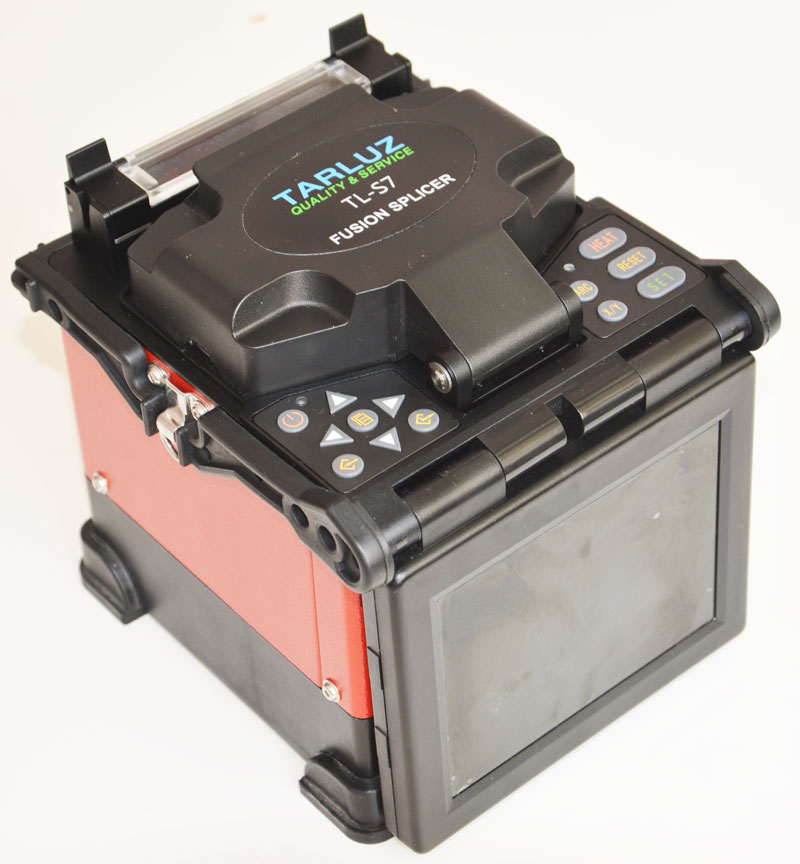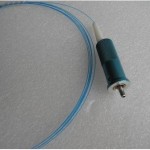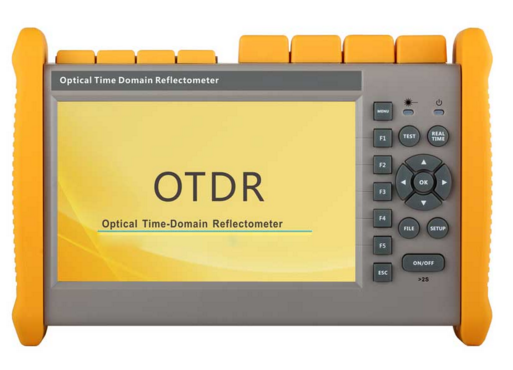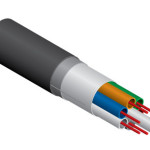Distributed fiber optic sensing is using multiple distributed fiber optic sensor along with the fiber, and detect the changes in temperatures, strain, acoustics, etc. of the environment. Following with Several infrastructure monitoring applications.
- Detection of ground movement along a pipeline
- Detection of mechanical deformation of the pipeline
- Detection and location of any leakage along a pipeline, dike, dam etc.
- Detection and location of any critical point in a telecom optical network
- Detection and location of any hot spot along a power cable
There are several ways in which fiber can be used for sensing – generally based on measurements of Rayleigh backscattering or controlled reflection via fiber Bragg gratings. They include:
DTS (Distributed Temperature Sensing) fiber optic sensing is based on measure the temperature change to applied for fire detection, power cable monitoring, the monitoring of high-temperature industrial equipment, oil and gas production, and potential pipeline and storage tank leakage.
DAS (Distributed acoustic sensing) enables real-time spatially resolved acoustic and vibration output. DAS is popular for traffic monitoring, network intrusion detection, and pipeline leakage.
DSS (Distributed strain sensing) creates spatially resolved elongation profiles. DSS uses multiple cables to measure such parameters as strain, changes in shape (including bend radius and direction), and twist, among others. DSS can be used to measure strain on pipelines as well as movement of the surrounding ground; it also can provide communications infrastructure strain details.










